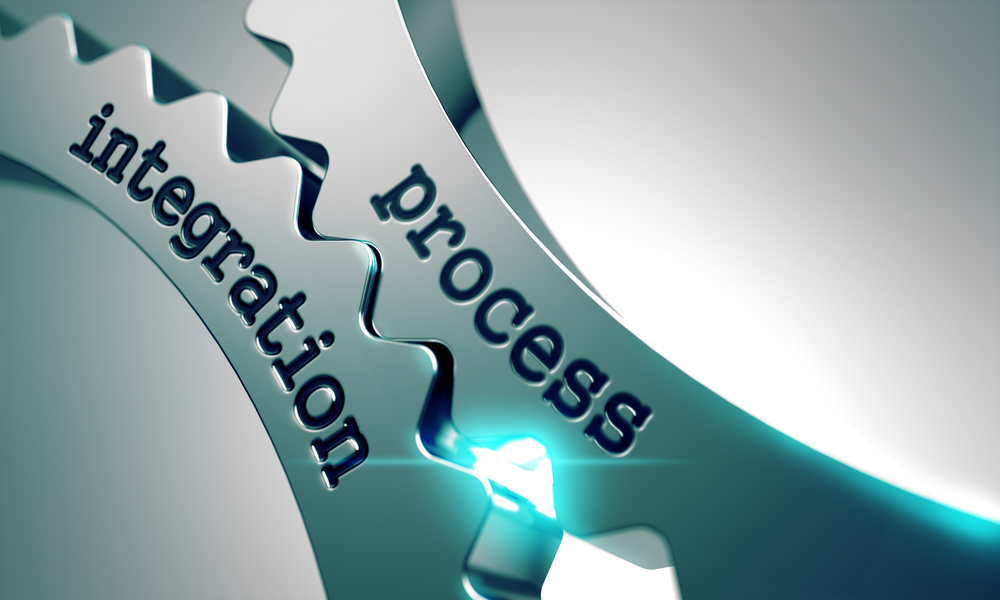Adding lone worker protection to your safety program

Establish a lone worker company policy
A lone working policy statement is made up of one or two paragraphs outlining your company’s dedication to meeting legal requirements.
Keep the language simple and be sure to get feedback from your lone workers. Ensure your policy also takes into account any legislative requirements that must be met.
Define who is a lone worker
A lone worker is defined as anyone who is working alone or without direct supervision and has no communication with others in the event of an emergency.
You must be clear on when you consider your employees to be lone working, so they know when the policy applies to them. For example, do you consider those working late in the office alone to be lone working or does your policy only refer to those leaving the office to carry out off-site duties?
Carry out a lone worker risk assessment
A lone working risk assessment is a process of identifying and assessing risks associated with a job role carried out by a lone worker. When carrying out a risk assessment for lone working staff, you must consider hazards related to the work, the people they come into contact with and the different environments they travel through and work in. The purpose of the assessment is to identify the requirements to control health and safety risks for your lone workers.
Set out a list of the risks identified as part of your risk assessment and break them down by job role, location, and lone worker type. If you have a number of lone workers carrying out different roles, you should consider creating several policies. This will help your employees better understand the risks specifically relevant to them without having to read through irrelevant information.
Communicate lone worker procedures and controls
OnGuard provides an easy to use, automated system that provides all of the controls needed to keep your lone workers safe, without adding extra burden to their workflow.
It is important for your employees to know what actions you have taken to reduce risk and what is expected of them. While it is recommended that you provide training on the procedures your lone workers need to follow, the company policy aids as a supplementary resource for your employees.
Instill confidence in your lone worker safety policy
Ensure that your employees understand and are comfortable with the policy you have set out by using clear, concise and assertive language. Employees need to feel confident that if there is an emergency, help will come quickly and efficiently.
This section provides an opportunity to let your employees know you care about their safety. The focus here should be on the benefits to their well-being rather than company benefits or legal requirements. Placing the emphasis on employee safety and well-being will help to encourage compliance.
Determine the responsibilities of all employees from management to lone workers
Involving your employees in the development of policies and safety procedures is the best way to ensure engagement in the overall safety program and compliance.
In order for procedures and systems to work, each employee involved must be aware of their responsibilities. Be clear on which responsibilities lie on the lone worker and which lie on their supervisor.
Outline how to report hazards or incidents
OnGuard provides real time reporting when an incident takes place and immediately notifies the correct people (typically dispatchers and supervisors) so that responders can be dispatched quickly. Dispatchers and supervisors can also be instantly updated about an employee’s location and safety status.
Outline how and when your employees are expected to report a hazard or incident. Is it the lone worker’s responsibility or that of a health and safety representative? Do they need to fill out a written incident report or do you have an online portal for reporting?

